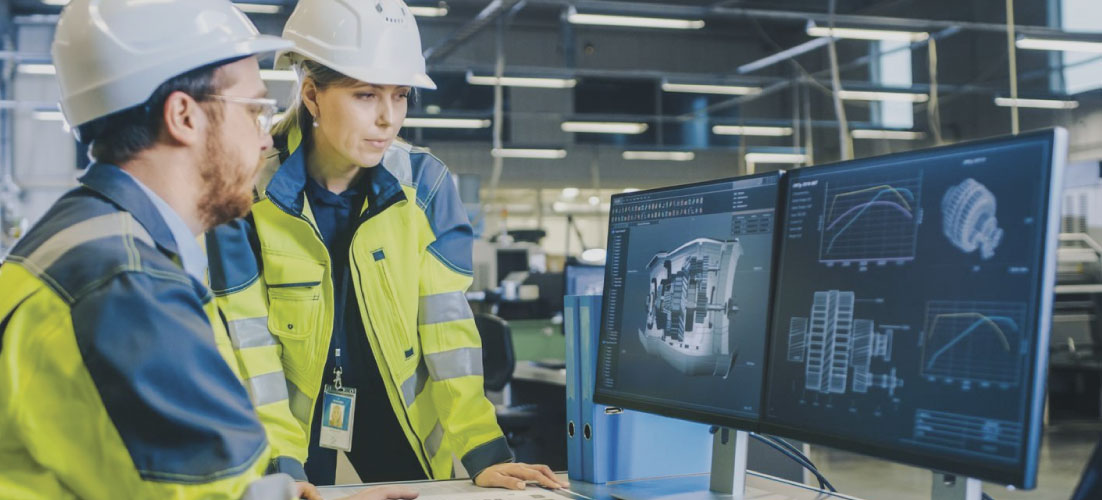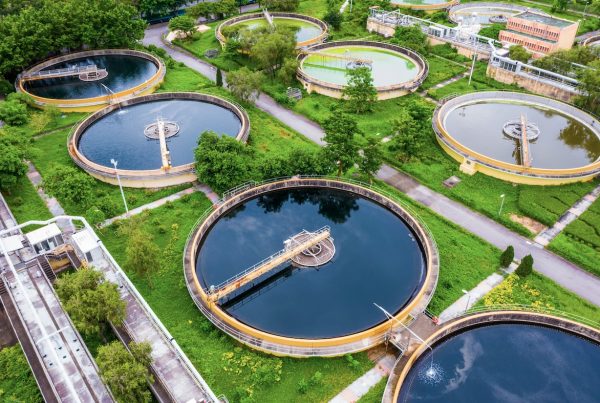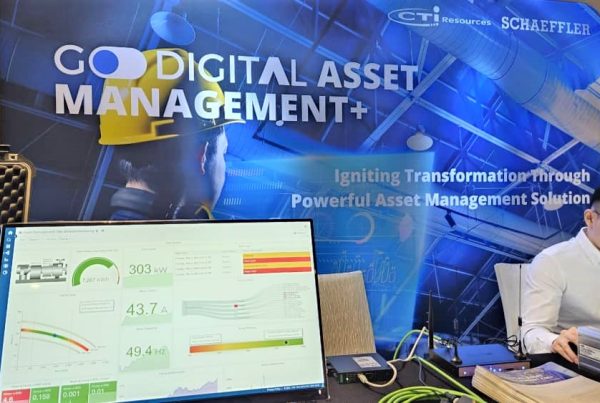
Condition Monitoring (CM) is a subset of APM that focuses on the continuous monitoring of assets to detect early signs of deterioration or failure. CM uses various sensors such as vibration sensors, temperature sensors, and pressure sensors and techniques to collect data on the condition of assets and provides real-time information on their performance. So maintenance teams can take corrective action before a breakdown occurs. It is used for predictive maintenance, and they help maintenance teams to identify potential issues before they become critical, which reduces downtime, maintenance costs and optimizes asset life.
Condition Monitoring (CM) continuously monitors assets such as motors and pumps to detect early signs of deterioration or failure. CM uses various sensors such as vibration, temperature, and pressure sensors and techniques to collect data on the condition of assets and provides real-time information on their performance. This enables maintenance teams to take corrective action before a breakdown occurs. Here are some ways in which CM helps in asset monitoring:
Early Fault Detection:
CM enables early fault detection using sensors and techniques such as vibration, thermography, and oil analysis. For example, vibration analysis can identify excessive vibration in rotating equipment, thermography can detect abnormal temperature patterns, and oil analysis can reveal contaminants or abnormal wear in machinery. It helps identify asset deterioration and faults, allowing proactive measures to be taken before major failures occur. This minimizes downtime and reduces repair costs.
Predictive Maintenance:
CM enables organizations to adopt predictive maintenance by continuously monitoring asset conditions, analyzing data, and predicting remaining useful life. It helps identify optimal maintenance timing, extends asset lifespan, and improves cost savings and availability.
Real-time Monitoring:
CM offers real-time asset performance information, enabling remote monitoring and prompt response to deviations or abnormalities. It facilitates quick decision-making, reduces response time to critical issues, and minimizes the risk of unexpected failures. Real-time monitoring also provides valuable insights into asset behaviors, aiding in optimizing performance and efficiency under various operating conditions.
Trend Analysis and Performance Optimization:
By analyzing historical condition monitoring data, organizations can identify trends and patterns in asset behaviours. This analysis helps understand the root causes of asset failures, optimize maintenance strategies, and make informed decisions about asset performance and reliability improvements. It also helps identify opportunities for equipment upgrades, process optimizations, or modifications to enhance overall asset performance.
Data-driven Decision Making:
CM generates valuable data on asset condition, performance, and reliability. Advanced analytics and machine learning enable organizations to extract actionable insights from this data for data-driven decision-making. These insights support asset management strategies, including optimizing maintenance schedules, prioritizing critical assets, allocating resources efficiently, and making informed decisions regarding asset replacement or upgrades.







